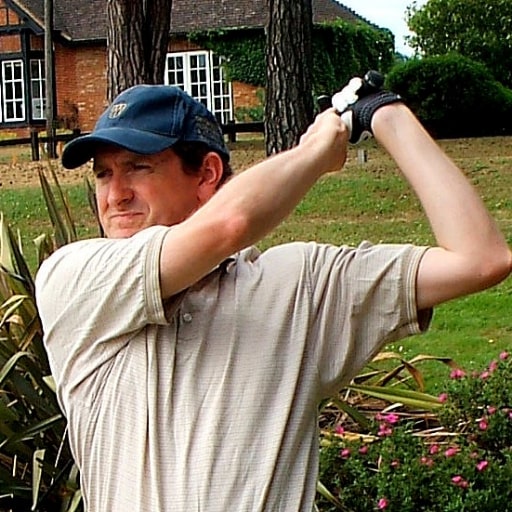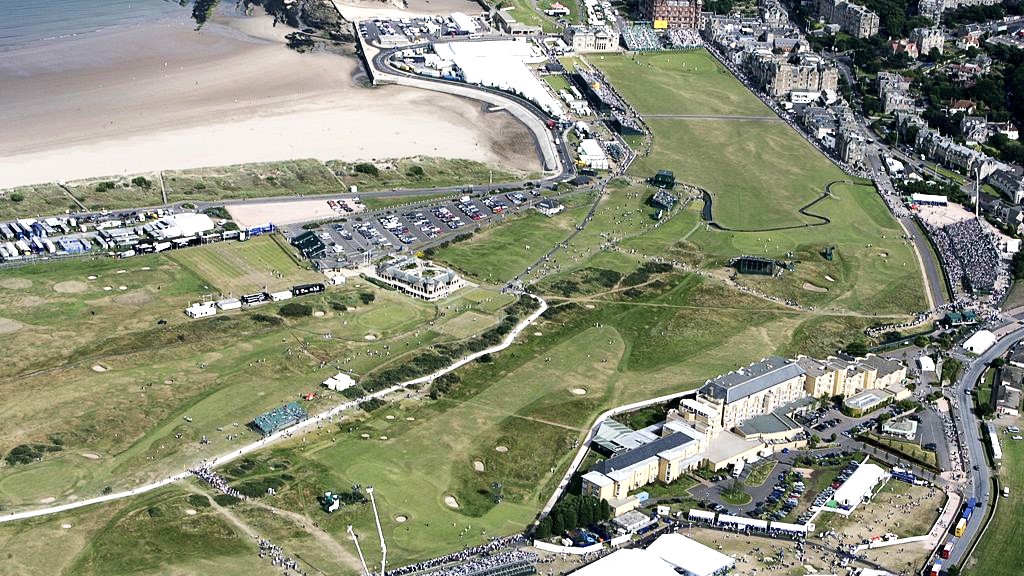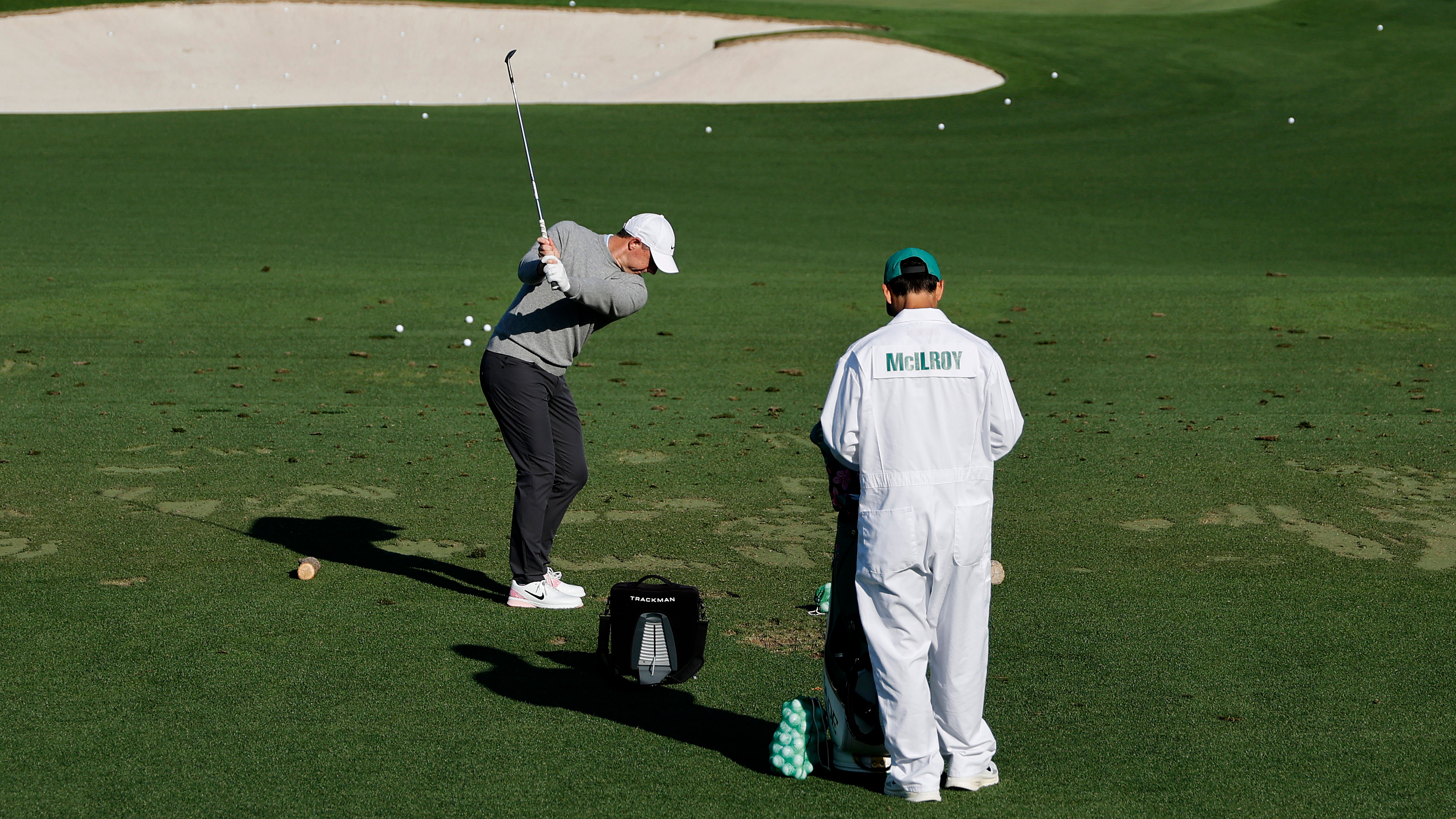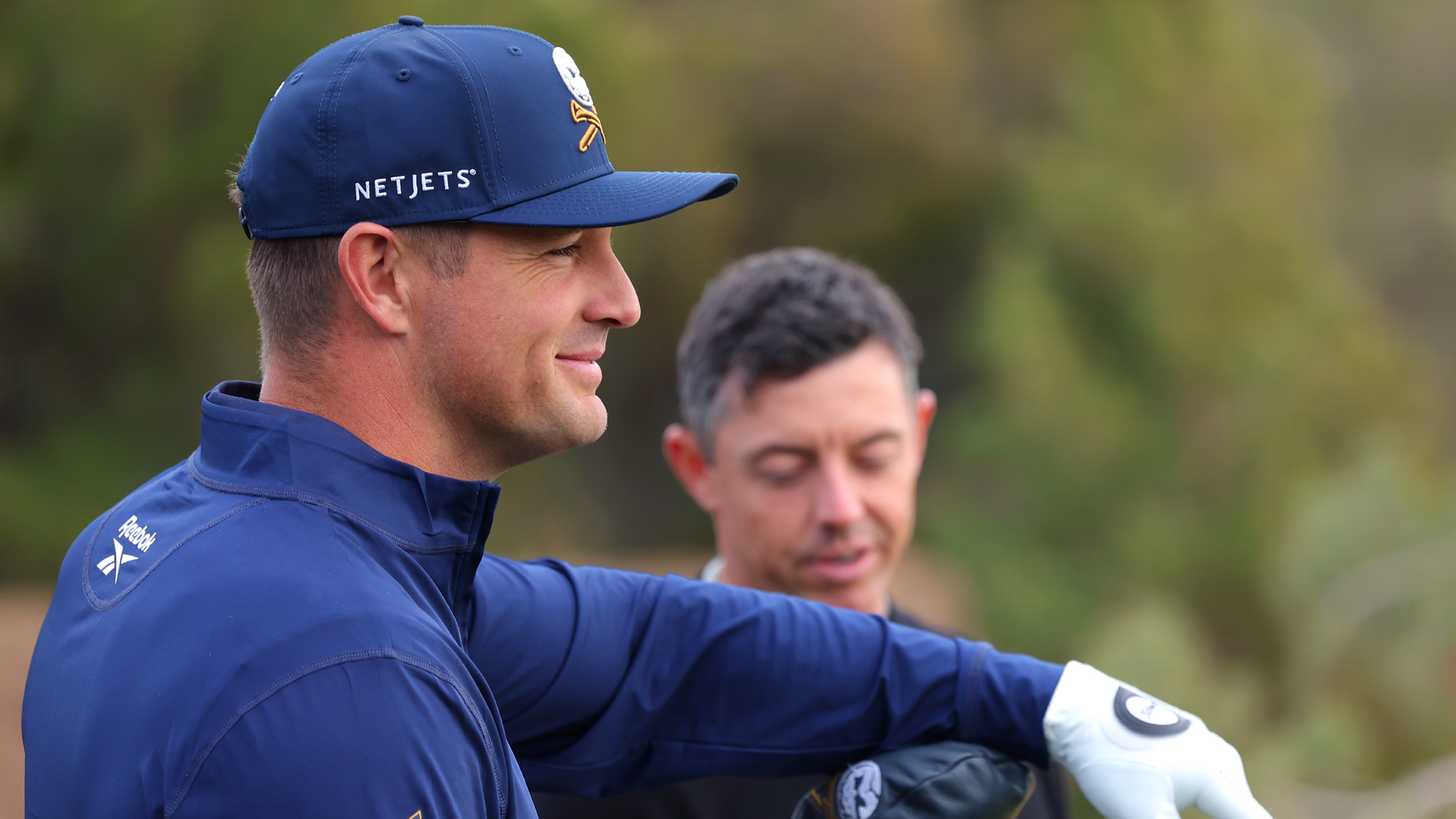Why Is Golf 18 Holes?
So just why is golf 18 holes? Eighteen, after all, is an unusual number, and not found in the imperial system of weights and measurements. Here's why...


Why is golf 18 holes
Why is golf 18 holes? Well, as with so much in life, it was not planned that way, it just kinda ended up that way.
The earliest golf courses were natural affairs, genuinely laid out on the land, not bulldozed or even dynamited in to it as can be the case nowadays. The greens were simply where a suitable flat area was; the bunkers on linksland were naturally there. So courses simply had whatever number of holes the land dictated and allowed. These earliest courses didn’t even necessarily have a set routing as there were no specially constructed tee boxes – players simply teed up near the previous hole.
Leith Links, where The Honourable Company of Edinburgh Golfers started out, had five holes in 1744, with two added later. Leith Links was used for many purposes and became too crowded, so the Honourable Company moved to Musselburgh and a course that had started with seven holes, but was increased to to eight holes and then nine. Elsewhere, Montrose Links had also started with seven holes, in 1810, but it was increased to 11 holes in 1849 and to 25 holes by 1866.

Old Course at St Andrews
The Old Course at St Andrews had 12 actual holes in the ground, but 10 of them were played to twice – the course runs out and back along the shoreline, so these holes were played going out, and then again coming back. Thus a round at St Andrews consisted of playing 22 holes. But in 1874 some of the shorter holes were combined, to leave the round now of 18 holes and 10 greens.
The Open Championship was first held at Prestwick Golf Club. This club had been founded in 1851, with Old Tom Morris, the club’s “Keeper of the Green, ball and clubmaker”, tasked with laying out the course. He laid out 12 holes, and in 1861 the Open Championship was held here, played over 36 holes, so three rounds or circuits of the layout. Prestwick hosted the first dozen Open Championships. Then it was rotated around three clubs, which involved also playing it at the R&A’s Old Course in St Andrews and the Honourable Company of Edinburgh Golfers’ home course at Musselburgh Links.
As St Andrews had 18 holes and Musselburgh nine, The Open could remain a 36-hole competition with four circuits of Musselburgh required, two of the Old Course and three at Prestwick before, in 1882, Prestwick extended its course to 18 holes. When the Honourable Company built their own course at Muirfield, it was an 18 hole-layout, and Muirfield replaced Musselburgh in the rotation in 1892. So now all the courses on the Open Championship rota were of 18 holes.
Get the Golf Monthly Newsletter
Subscribe to the Golf Monthly newsletter to stay up to date with all the latest tour news, equipment news, reviews, head-to-heads and buyer’s guides from our team of experienced experts.
Contributing Writer Roderick is the author of the critically acclaimed comic golf novel, Summer At Tangents. Golf courses and travel are Roderick’s particular interests. He writes travel articles and general features for the magazine, travel supplement and website. He also compiles the magazine's crossword. He is a member of Trevose Golf & Country Club and has played golf in around two dozen countries. Cricket is his other main sporting love. He is also the author of five non-fiction books, four of which are still in print: The Novel Life of PG Wodehouse; The Don: Beyond Boundaries; Wally Hammond: Gentleman & Player and England’s Greatest Post-War All Rounder.
-
 Rory McIlroy Explains His Extraordinary Pre-Round Routine (And It's The Complete Opposite Of Most Amateurs)
Rory McIlroy Explains His Extraordinary Pre-Round Routine (And It's The Complete Opposite Of Most Amateurs)McIlroy shares what goes into his usual pre-round routine at tournaments and what his timetable looks like before arriving at the first tee
By Jonny Leighfield Published
-
 ‘You Kinda Did It To Yourself’ – When Bryson DeChambeau Needled Rory McIlroy Over US Open Battle
‘You Kinda Did It To Yourself’ – When Bryson DeChambeau Needled Rory McIlroy Over US Open BattleMonths after Bryson DeChambeau’s defeat of Rory McIlroy in the US Open, the two met in Las Vegas, where the LIV Golfer had a lightning-quick response to a humorous comment from his rival
By Mike Hall Published